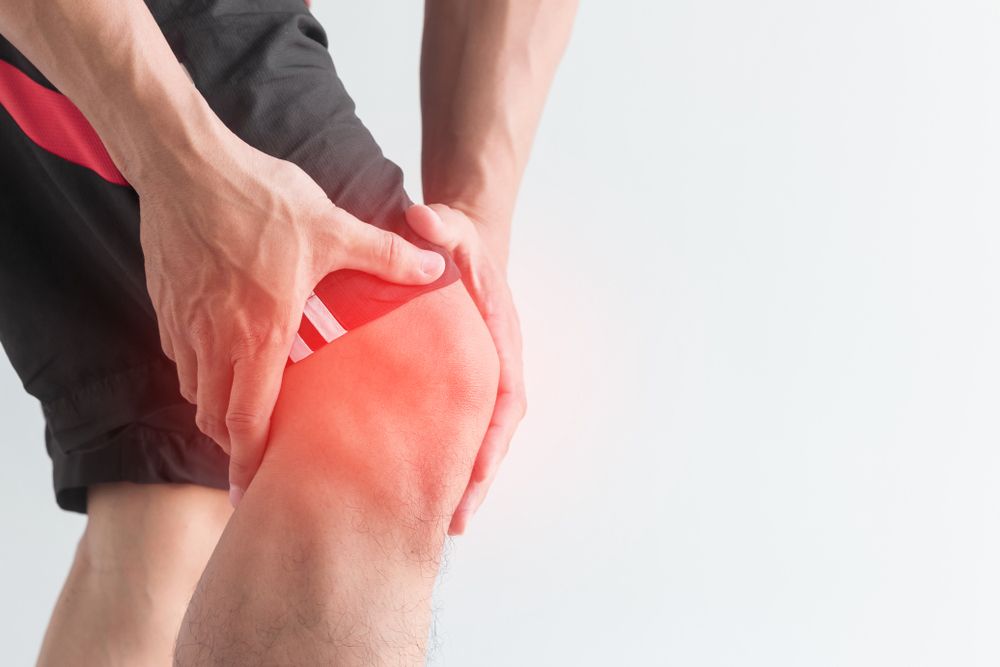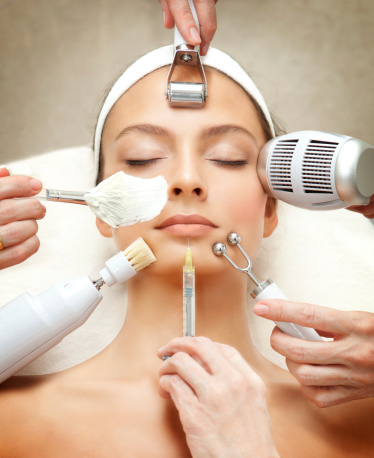
Sharp knee pain symptoms are often a sign of a serious knee injury. You have to learn about the causes of sharp stabbing pain in knee comes and goes to treat it. Most people, regardless of age, experience knee pain at some point in their lives. Older individuals may experience knee pain and discomfort due to multiple age-related conditions, and younger individuals may experience similar symptoms due to sports or other physical activities. However, to understand its cause you have to understand the anatomy of the knee first.
How does it feel?
If it feels like there is a sharp knife stabbing into your knee, or a burning sensation, then most likely there is either some nerve irritation or something is getting stuck in the joint such as an osteophyte. However, you may feel a discomforting sensation or soreness behind the knee joint or pain behind knee. Which can be severe enough to limit the movement of our knees.
11 causes of sharp stabbing pain in the knee:
There are 11 causes why sharp stabbing pain in knee comes and goes which are as under:
-
Sharp Knee Pain When Running:
This is fairly rare and usually indicates that something is getting squashed in the joint. Knee pain when running tends to be more of an aching, throbbing type of pain rather than sharp pain.
-
Sharp Pain On the Inside of the Leg:
It is usually caused by damage to the medial collateral ligament or the medial meniscus. It may be felt at the time of injury, usually from twisting awkwardly and is then followed by an ongoing ache while the knee injury heals.
-
Sharp Knee Pain When Walking:
If the knee pain is worse when you first start walking and then eases, it is likely due to arthritis. Sharp knee pain may get worse the more you walk, it is likely neural. If it is easier walking uphill or when bent slightly forwards and worse when walking downhill or when upright, it is likely spinal stenosis.
-
Sharp Knee Pain When Bending:
If your knee pain gets worse when bending your knee, it is likely a problem in the knee joint such as arthritis or a cartilage tear. If it is worse when bending your back e.g. reaching down to put your shoes on, it is likely due to a problem in your lower back.
-
Sharp Knee Pain When Standing:
If the knee pain gets worse when standing still but eases with movement, it is likely from arthritis. If your sharp knee pain gets worse with activity it is likely a mechanical problem in the knee such as a cartilage tear or referred pain from the lower back.
-
Sharp Knee Pain Twisting:
This usually indicates that something is getting stuck in the joint, either a loose body or a flap of torn cartilage. It may also indicate instability in the knee due to a ligament sprain or tear.
-
Sharp Knee Pain When Kicking:
This usually indicates an issue with the stability of the knee, typically an ACL injury.
-
Sharp Stabbing Pain In Knee When Kneeling:
A sharp needle-like pain in the knee when kneeling usually indicates that something is being squashed, typically an inflamed bursa, known as knee bursitis. There is often obvious swelling with bursitis resembling a squashy orange.
-
Sharp Knee Pain When Climbing Stairs:
Sharp knee pain going upstairs typically indicates a problem with the knee joint (tibiofemoral joint) whereas if the pain is worse coming downstairs, the problem is most likely in the kneecap.
-
Sharp Knee Pain When Sitting Down:
Pain that gets worse with prolonged activities, such as sitting for more than 20-30 minutes is a common feature of arthritis. If your sharp knee pain eases after a few minutes of movement, arthritis is indeed the most likely cause.
-
Sharp Shooting Pain In Knee At Rest:
If sharp knee pain is worse at rest and you get sudden, sharp, shooting pain for no obvious reason, it is most likely to either be due to nerve irritation or could also be from knee arthritis or a fracture.
Does a knee Fracture also cause sharp stabbing pain?
A Knee fracture also known as the patellar fracture is a serious injury, which can impact your ability to bend or straighten your knee. Knee fractures are mostly caused by a powerful impact. Such as any accident or injury. In rare cases, the knee can be fractured due to a sudden contraction of a quadricep where the muscles can pull from the patella. However, symptoms include Immediate swelling and bruising in the knee or sharp stabbing pain in the knee that comes and goes.
However, Fractures and tears of the ligaments and cartilage of the knee often require surgical intervention but often have great success.
Sharp knee pain treatments and relief:
Severe pain in the knee requires professional medical attention. However, Treatment depends on the specific diagnosis and may include one or all of the following:
How Medication is helpful?
If your severe knee pain is due to inflammatory conditions, your doctor may prescribe antibiotics to treat an infection or anti-inflammatory medications to treat arthritic conditions.
Examples include anti-platelet medications, such as aspirin or clopidogrel (Plavix). They may also prescribe medications to reduce leg pain when walking, such as pentoxifylline or cilostazol.
How Does Knee Support Help?
The goal of Knee Support for patients is to provide support for the knee. Also, to decrease the pain, and improve function. However, Braces may allow people to feel more comfortable. Also, braces provide stability and manage the pain and associated swelling by supporting the soft tissues around the knee.
Different Kinds of Knee Supports:
The choices of knee braces may vary according to the condition of the patient. However, Four main types include:
Knee sleeves:
This type of brace works by providing compression to the soft tissue around the joint and may improve proprioception.
However, They are lighter than some with more wrap and brace but have gentle support and firm compression.
Unloader knee braces:
The most effective brace for arthritis is the unloader-style brace. They work best on thinner people with arthritis on only one side of the knee.
How do you prevent it?
There are many measures you can take in your daily life to prevent Sharp stabbing pain in the knee that comes and goes, such as the following:
The following are some ways that may help you treat intermittent leg pain at home:
- Exercise regularly. Although exercise can contribute to some leg pain, exercise sessions at least twice a week helped to reduce walking pain and increase the distance a person can walk.
- Stop smoking. Smoking is a major risk factor for sharp pains when walking. Smoking can cause changes to blood vessels and make it easier for the blood to clot, which can contribute to leg pain.
- Eat a heart-healthy diet. Choosing a heart-healthy diet can help you maintain your weight and blood sugar levels. This can help reduce some of the risk factors that can lead to PAD.
- Cross-training. If your leg pain is related to overuse from physical activity, try a new activity that’s less repetitive on the legs and feet.
Maintaining a healthy weight and taking care of your body can help reduce sharp, shooting pains whenever possible.


